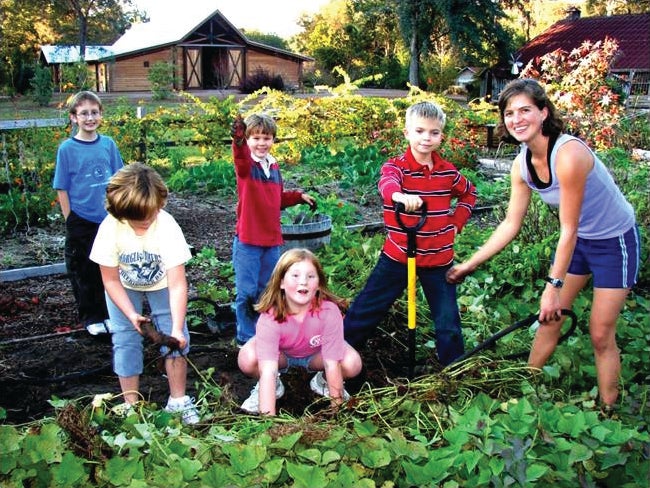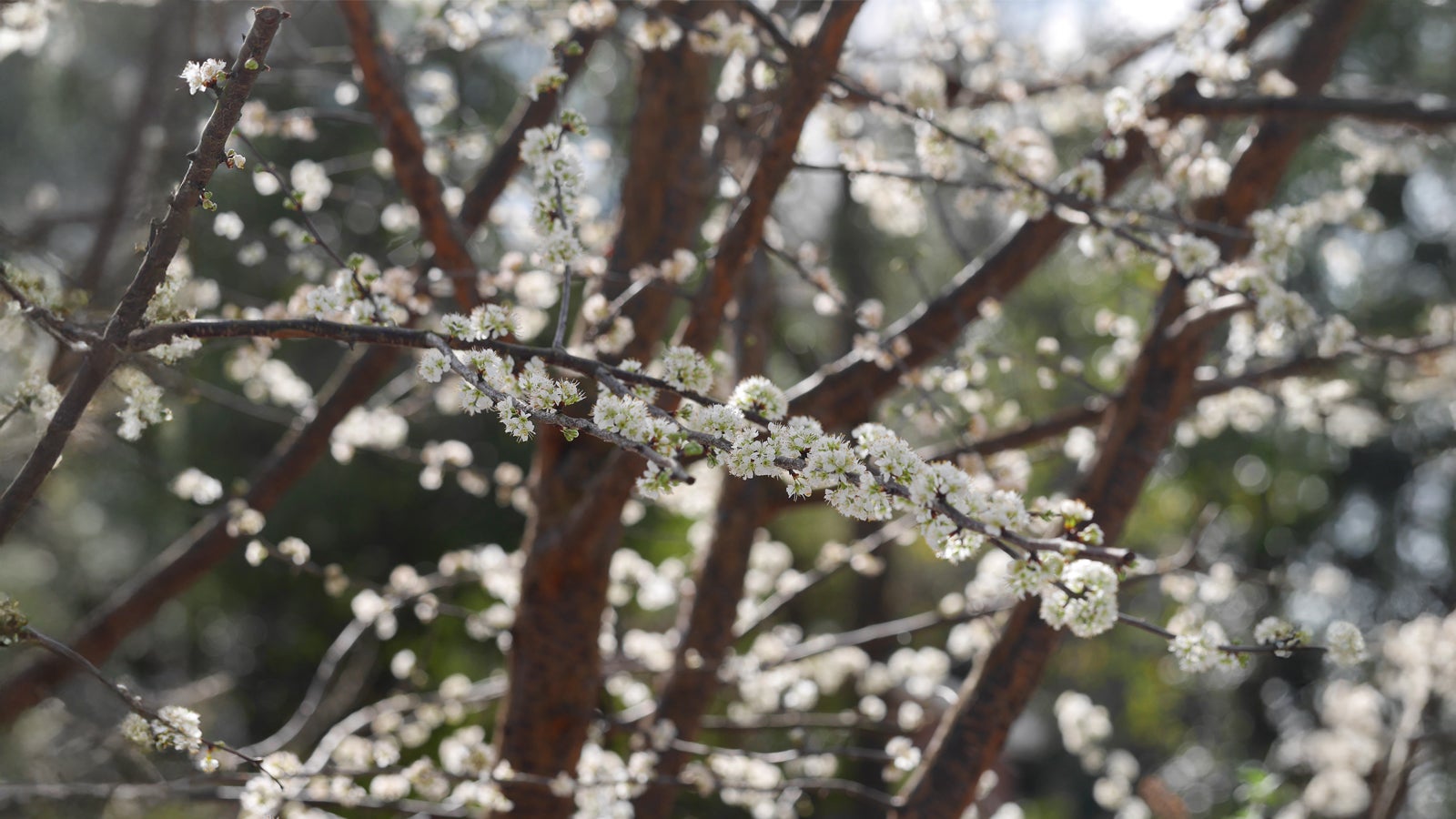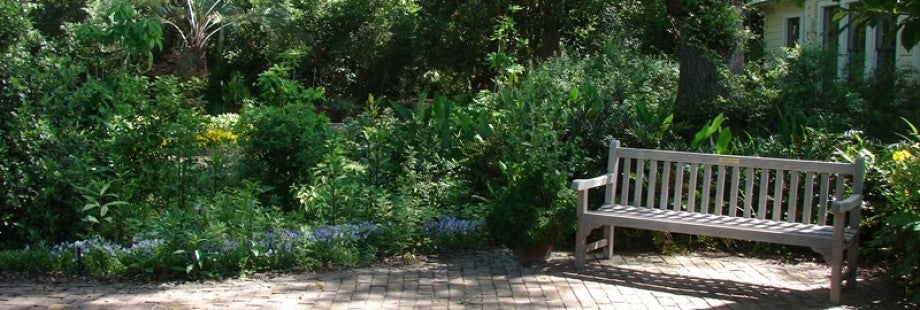Ornamental Collections
Beautiful themed gardens showcasing specific plant collections.
The Ornamental Collections feature themed gardens that highlight specific plant species, arranged in visually striking displays. These gardens celebrate the artistry of landscaping while educating visitors on the diversity of regional and exotic plants.
From the fragrant Benson Rose Arbor to the vibrant Friendship-Memory Pollinator Garden, these carefully cultivated spaces offer visitors a glimpse into the region’s botanical diversity, emphasizing beauty, conservation, and ecological significance.
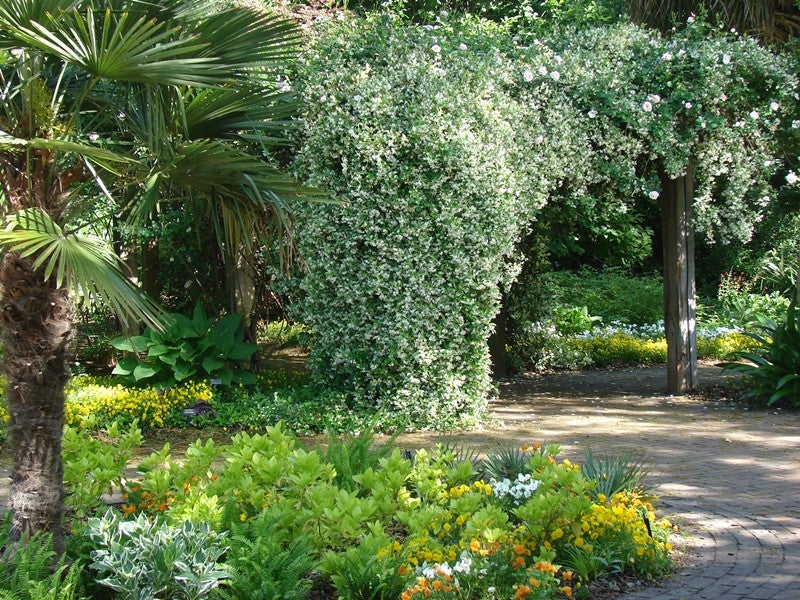
Camellias hold a cherished place in Southern culture; their elegant blooms are a familiar sight in gardens and landscapes across the region. Originating from East and Southern Asia, these evergreen shrubs found a welcoming home in the South’s temperate climate. More than just beautiful flowers, camellias have become symbols of grace and hospitality, gracing historic estates and modern homes alike. Their winter blooming season provides a splash of color during otherwise dormant months, and they are intertwined into the aesthetic of the classic Southern garden.
The Garden proudly showcases these botanical jewels in our distinguished Whelchel Collection. While Camellia sinensis leaves are treasured worldwide as a source of tea, the spectacular blooms of Camellia japonica are celebrated here. Our collection features prized cultivars including the crimson ‘Adolphe Audusson,’ the distinctive ‘Betty Sheffield Supreme,’ the ancient Japanese ‘Daikagura,’ the soft pink ‘Debutante,” and the award-winning ‘Pink Perfection’ with its perfect double form.
Visit our collection during peak bloom from November through March to experience these extraordinary plants at their most magnificent, a stunning reminder of nature’s ability to bring color and life to the garden during the coldest months of the year.
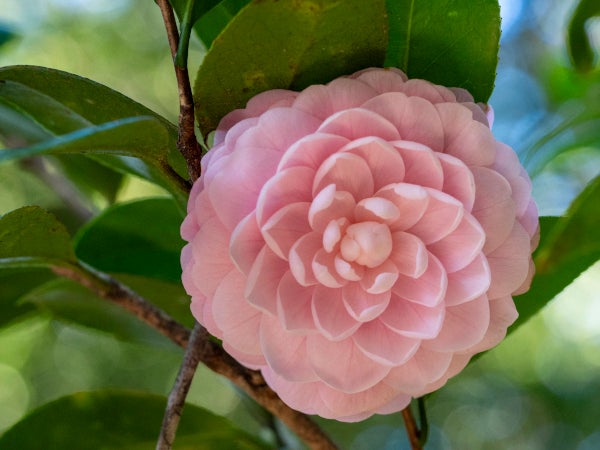
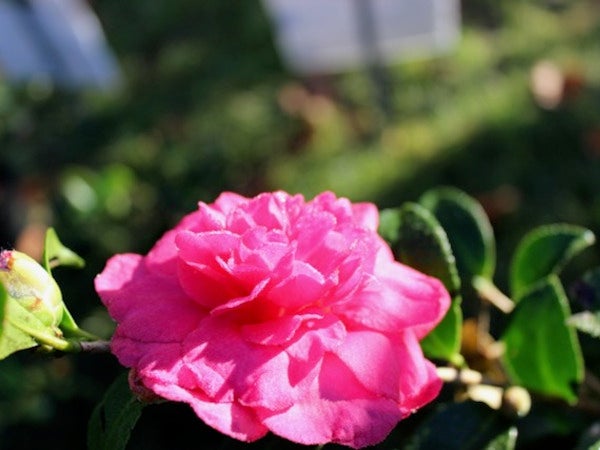
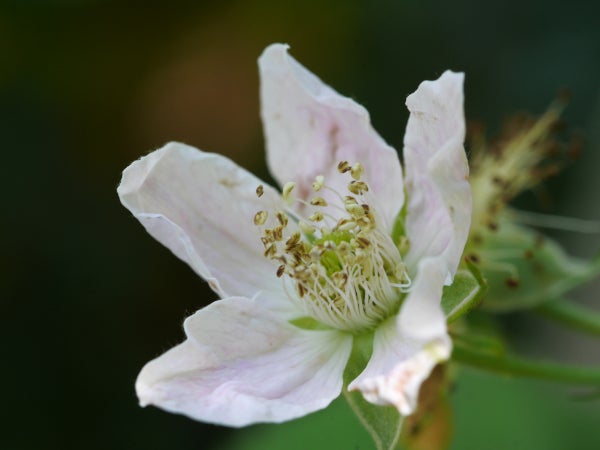
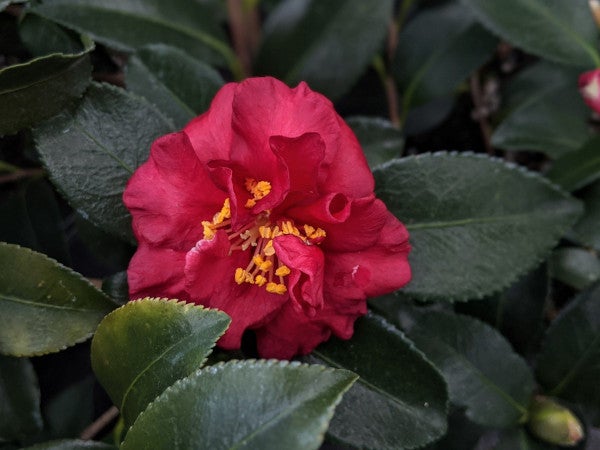
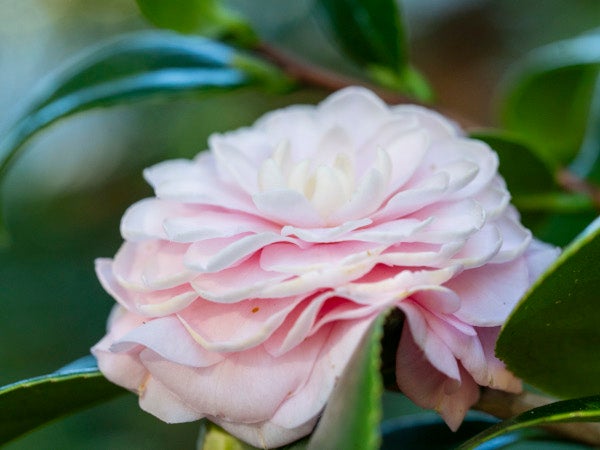
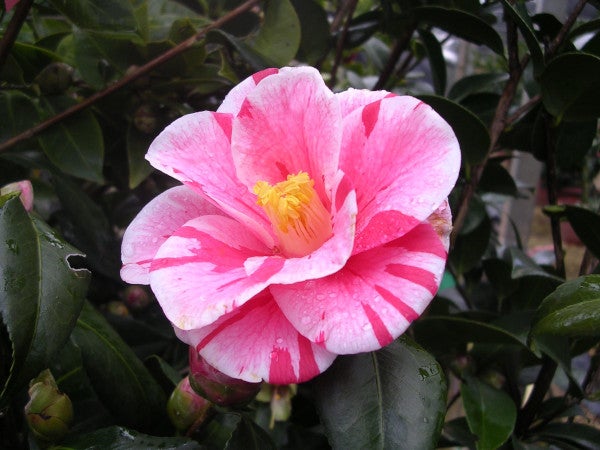
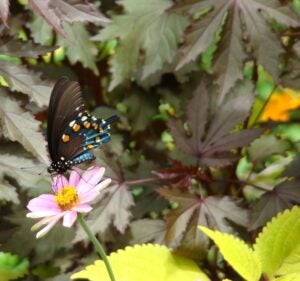
These perennial borders feature native and heritage wildflowers, herbs, vines, shrubs and trees selected to attract butterflies, bees, hummingbirds, and other pollinators.
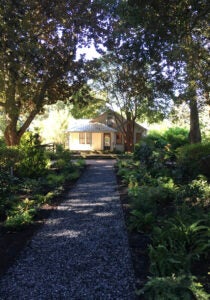
Mr. Dan propagated Southern Magnolias (Magnolia grandiflora) and alternated them with grafted American Holly trees (Ilex opaca) to create this traditional grand entrance to his home. Birds regularly feast on the abundant holly berries, and Mr. Bland and Miss Catharine delighted in watching squirrels race among the branches. Today, this magnificent natural cathedral serves as a picturesque setting for weddings and special events.
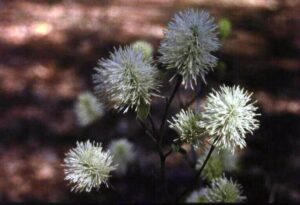
In addition to the Endangered Plant Area, the Garden’s collection of rare and endangered plant species extends throughout the Garden.
The Garden is a steward of many important plants requiring protection.
- Cutleaf Beardtongue (Penstemon dissectus)
- Dwarf Witch-alder (Fothergilla gardenii)
- Florida Anise (Illicium floridanum)
- Florida Torreya (Torreya taxifolia)
- Fringed Campion (Silene polypetala)
- Georgia Plume (Elliottia racemosa)
- Hooded Pitcher Plant (Sarracenia minor)
- Parrot Pitcher plant (Sarracenia psittacina)
- Pineland Barbara Buttons (Marshallia ramosa)
- Plumleaf Azalea (Rhododendron prunifolium)
- Pond Spice (Litsea aestivalis)
- Pondberry (Lindera melissifolia)
- Purple Pitcher plant (Sarracenia purpurea)
- Red Pitcher plant (Sarracenia rubra)
- Silky Camellia (Stewartia malacodendron)
- Trumpet Pitcher plant (Sarracenia flava)
- Whitetop Pitcher plant (Sarracenia leucophylla)
Legacy Gardens & Historic Structures
Discover gardens that tell the story of our agricultural past.
Daniel Edgar “Dan” Bland and his wife, Catharine O’Neal Bland, shared a lifelong passion for education, nature, and community, transforming their land into a thriving sanctuary of learning and conservation. Today, their legacy lives on at the Botanic Garden at Georgia Southern, where visitors can experience the beauty of their vision and the lasting impact of their environmental stewardship.
The Legacy Gardens are a tribute to traditional Southern gardening practices. These gardens preserve heirloom plants and techniques that shaped the region’s agricultural heritage, offering visitors a connection to the history of farming and horticulture.
Our Legacy Gardens & Historic Structures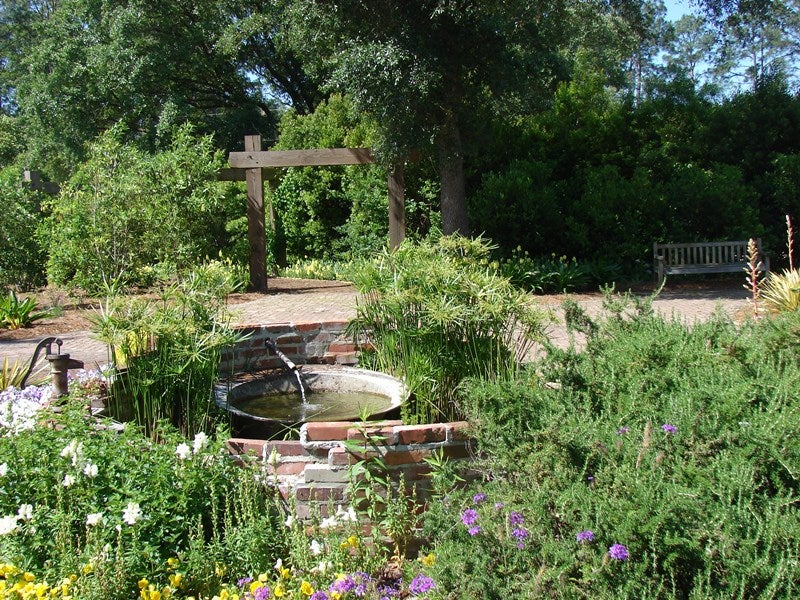
Longleaf Pine Ecosystem
Experience the iconic Longleaf/Wiregrass ecosystem native to the Southeastern Coastal Plain.
Once covering millions of acres across the Southeast, the Longleaf Pine ecosystem supports a diverse range of plant and animal species. This area showcases longleaf pines, wiregrass, and associated native species, highlighting efforts to restore and protect this vital landscape.
The North Woodlands Trail loops from the gazebo through the Kennedy Outdoor Classroom and dry coastal plain forest.
More about the Longleaf Pine Ecosystem
Longleaf pine (Pinus palustris), magnolias (Magnolia grandiflora), and eastern red cedar (Juniperus virginiana) form the canopy over plantings of leucothoe (Agarista populifolia), coral-bean (Erythrina herbacea), saw palmetto (Serenoa repens), and blueberry (Vaccinium myrsinites).
A trail branch leads to the Endangered Plant area, home to Georgia plume (Elliottia racemosa) and Florida torreya (Torreya taxifolia).
In the South Woodlands, plant families native to the Southeastern Coastal Plain include green ash (Fraxinus pennsylvanica), sweet gum (Liquidambar styraciflua), red buckeye (Aesculus pavia), pawpaw (Asimina obovata), and devilwood (Osmanthus americanus).
Once stretching from Virginia to Texas, longleaf pine–wiregrass forests dominated the coastal plain. The Garden is restoring this ecosystem through replanting and prescribed fire.
Each spring, the Native Azalea Garden blooms with fragrant Rhododendron species.
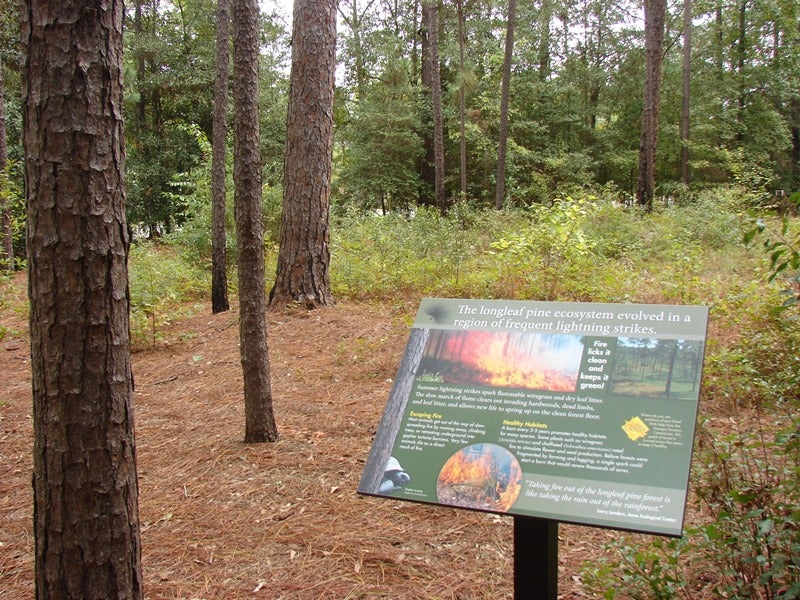
Woodland Gardens
Explore our North and South Woodlands, featuring native azaleas and a specialized tree walk.
The Woodland Gardens immerse visitors in shaded, natural landscapes filled with native azaleas, hardwoods, and towering pines. The specialized tree walk showcases some of the most notable species found in the region, providing a deeper understanding of their ecological importance.
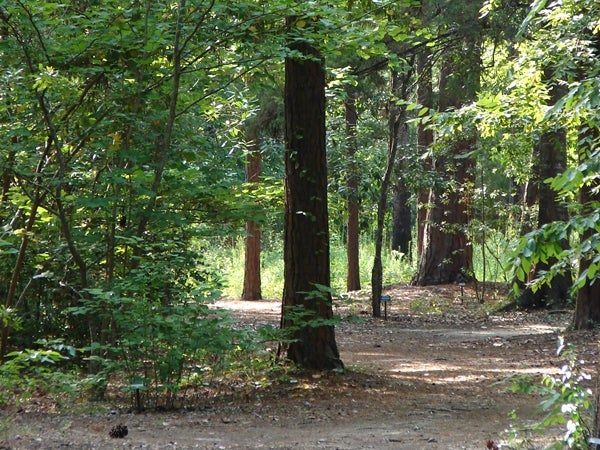
Native Plant Trail & Arboretum
A showcase of indigenous plants from the Southeastern Coastal Plain, featuring a diverse collection of native species.
The Native Plant Trail & Arboretum highlights the unique flora of the region, offering a living library of trees, shrubs, and plants that have thrived in the Southeastern Coastal Plain for centuries. This collection provides insight into plant conservation, biodiversity, and sustainable landscaping practices.
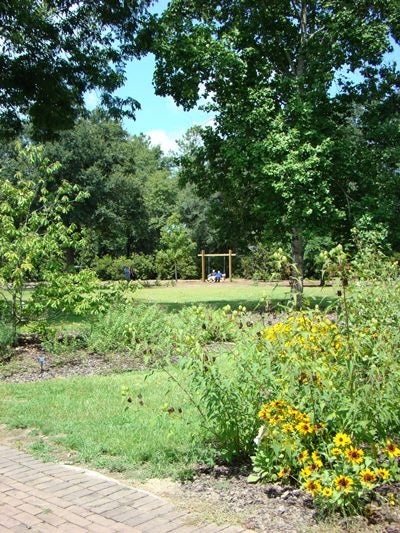
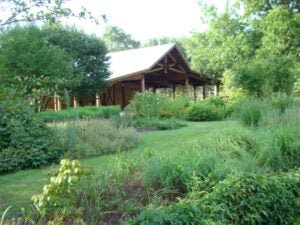
Millions of years ago, the coastal plain lay beneath the ocean. More recently, the sea receded, leaving behind a dry, flat landscape of sand. This sandy soil allows water to percolate through, making it challenging for plants to obtain enough water and essential nutrients. Native plants of the coastal plain have evolved to thrive in these conditions, as well as the hot summers now common to the region.
The Native Plant Landscape Garden includes a wide variety of species native to the coastal plain. Designed by Thomas Black, the Garden demonstrates the beauty and diversity native plants can provide for the home gardener. Because these plants are native to the area, they are better able to withstand the growing conditions of the coastal plain, requiring less water, fertilizer, maintenance, and heartache.
The Arboretum trail winds through the Garden’s collections of native trees and shrubs, and offers opportunities to enjoy the breezes from a number of swings tucked amongst specimens of native wisteria, Georgia Savory, and other unusual plants. Sassafras trees mix with families of beech, oak and magnolia for a rich experience of the coastal plain’s trees.
Water & Wetland Gardens
Explore our water features and wetland plant collections.
The Water & Wetland Gardens showcase aquatic and wetland plants essential to the region’s ecosystem. These collections demonstrate the importance of water conservation and provide habitats for native wildlife, including pollinators and migratory birds.
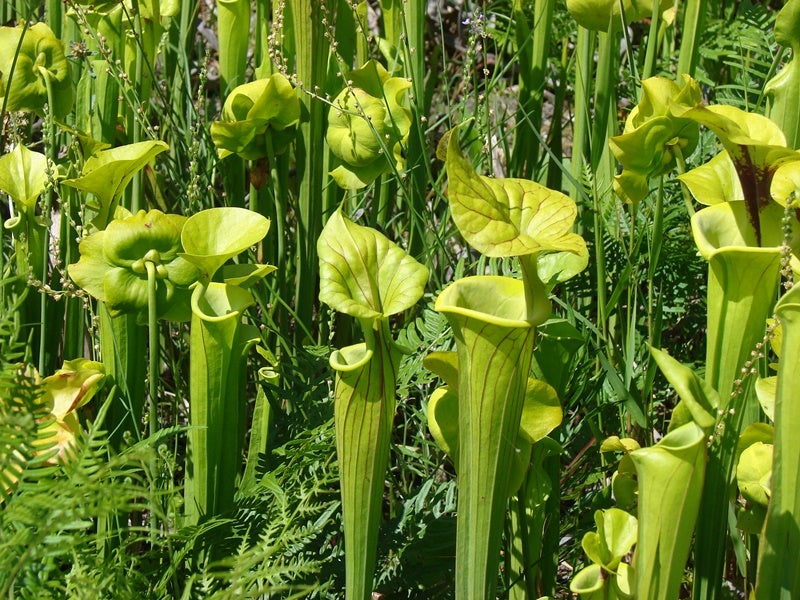
Children’s Learning Garden
Since 1993, children have enjoyed planting, growing, and eating vegetables at the Garden. For many children, these sun-filled, tasty experiences teach children that healthy, delicious food comes from the earth and is possible with the magic of seed, soil, sun, water, and just a little hard work. Adults also share in the fun. Salsa gardens, vegetable soup, pizza gardens, and gardens from around the world have resulted in a lifelong love of plants and all they have to offer.
